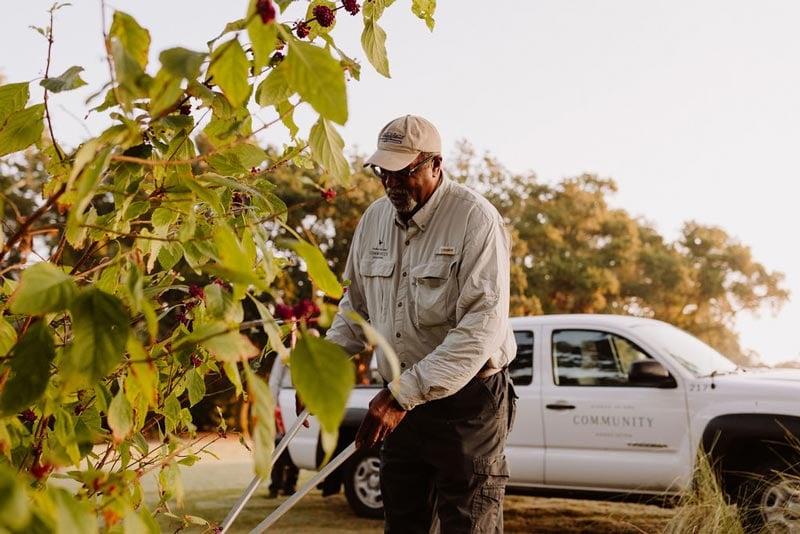Mar
29
2017
From The Blog
Innovative Pipe Repair Technique Saves Time, Money
As KICA continues its drainage replacement/repair work on the island, currently working on areas around Cougar Point Golf Course while it is closed for renovations, they recently encountered a unique situation.
“Most of our drainage pipe repairs are done via a method called spin casting,” said KICA Maintenance Director Will Connor. “This method, however, only works for larger pipes, so when we encountered a smaller pipe at Cougar Point Hole 9 in need of repairs, we had to look at alternate solutions.”‘
Searching for the most efficient and effective way to repair the pipe, Will and his engineering team turned to a new method called Curing in Place (CIPP). “CIPP does not require manned entry and allows us to repair a pipe in place without digging the pipe up and replacing it,” explained Will. “In many cases, digging up a pipe leads to more disruption, greater damage and higher costs, all of which we wanted to avoid if possible.”
CIPP is a multi-step process. First the area around the pipe is dewatered, in KICA’s case, using large rubber bladders. The bladders are placed strategically on the water surface and then
pumped full of water from the pond. As the bladder fills, it sinks and grows larger, effectively damming the pond. Then the remaining water is pumped over the bladder and out of the area to be dewatered. The pipe to be cured is then cleaned with pumps and a vacuum truck.
Next, a liner is manufactured off site at the correct diameter and length. The liner, which according to Will looks “like along sock,” has a resin to adhere to the inside of the pipe that will also harden. To insert the liner, scaffolding is brought in to allow the liner to be elevated approximately 13′ above the end of the pipe. According to Will, the 13’ is important because water will be pumped into the liner and the hydrostatic, pressure (sometimes referred to as ‘head’) will force the liner through the pipe. As the liner is pushed through, it inverts so the resin is now contacting the inside of the pipe, and the head pushes the resin firmly into place.
Finally, after the liner is in place, the water is pumped out. The ends of the liner are secured, and then low pressure steam is pumped into the pipe. The temperature inside the pipe is elevated to about180 degrees and stays in that condition for several hours. The heat causes the resin to activate and harden, and becomes essentially a new PVC pipe within the old damaged pipe.
Will thinks that with the successful implementation of this method at Cougar Point Hole 9, they now have a cost effective and time efficient way to handle repairs on these smaller pipes should they encounter more going forward.
For more information on this and other island projects, visit kica.us/projects.

